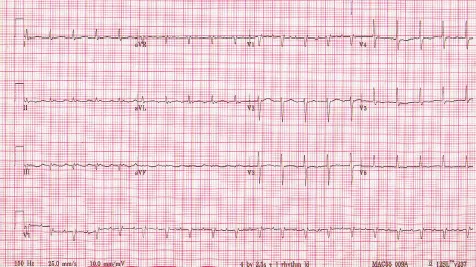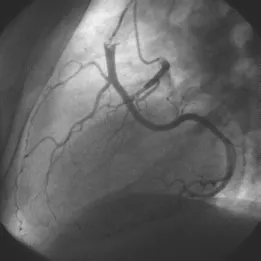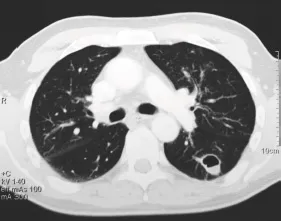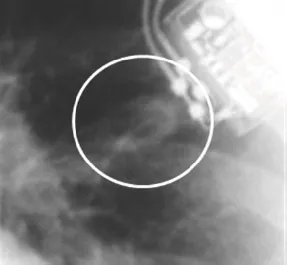
- 296 pages
- English
- ePUB (mobile friendly)
- Available on iOS & Android
100 Challenges in Cardiology
About This Book
100 Challenges in Cardiology comprises one hundred well-illustrated clinical scenarios covering a wide spectrum of cardiology cases — hypertension, stable and unstable angina, non-ST elevation and ST-elevation myocardial infarction, coronary intervention, percutaneous aortic and mitral valve treatment, ASD closure, complications of MI, valvular heart disease, pericardial disease, cardiomyopathies, HOCM ablation, haemodynamic assessment in catheterisation laboratory, aortic dissection, infective endocarditis and its complications. Cardiac pacing, arrhythmia diagnosis and management, electrophysiology, CT and MRI scans, and transthoracic and transoesophageal echocardiography images are also included for interpretation.
This book will serve as an ideal study aid for medical students and junior doctors who are preparing for their clinical examinations in medicine as it presents the relevant investigations corresponding to each case in an interesting and easy-to-read Q&A format concerning diagnosis and management. This text will also be particularly useful for clinical fellows and specialist senior house officers and registrars who are training in cardiology and its subspecialties. By solving the problems posed by these challenging cases, the reader will gain additional knowledge as well as extra practice in diagnosis and treatment strategies in this exciting specialty of cardiology.
Readership: Medical students and junior doctors who are preparing for clinical examinations; clinical fellows, specialist senior house officers and registrars who are training in cardiology; general physicians; general practitioners; ancillary and technical staff in cardiology.
Frequently asked questions
Information
Case 1



Case 2

Case 3

Case 4



Table of contents
- Cover Page
- Title Page
- Copyright Page
- Dedication Page
- Acknowledgements
- Case 1
- Case 2
- Case 3
- Case 4
- Case 5
- Case 6
- Case 7
- Case 8
- Case 9
- Case 10
- Case 11
- Case 12
- Case 13
- Case 14
- Case 15
- Case 16
- Case 17
- Case 18
- Case 19
- Case 20
- Case 21
- Case 22
- Case 23
- Case 24
- Case 25
- Case 26
- Case 27
- Case 28
- Case 29
- Case 30
- Case 31
- Case 32
- Case 33
- Case 34
- Case 35
- Case 36
- Case 37
- Case 38
- Case 39
- Case 40
- Case 41
- Case 42
- Case 43
- Case 44
- Case 45
- Case 46
- Case 47
- Case 48
- Case 49
- Case 50
- Case 51
- Case 52
- Case 53
- Case 54
- Case 55
- Case 56
- Case 57
- Case 58
- Case 59
- Case 60
- Case 61
- Case 62
- Case 63
- Case 64
- Case 65
- Case 66
- Case 67
- Case 68
- Case 69
- Case 70
- Case 71
- Case 72
- Case 73
- Case 74
- Case 75
- Case 76
- Case 77
- Case 78
- Case 79
- Case 80
- Case 81
- Case 82
- Case 83
- Case 84
- Case 85
- Case 86
- Case 87
- Case 88
- Case 89
- Case 90
- Case 91
- Case 92
- Case 93
- Case 94
- Case 95
- Case 96
- Case 97
- Case 98
- Case 99
- Case 100
- Back Cover